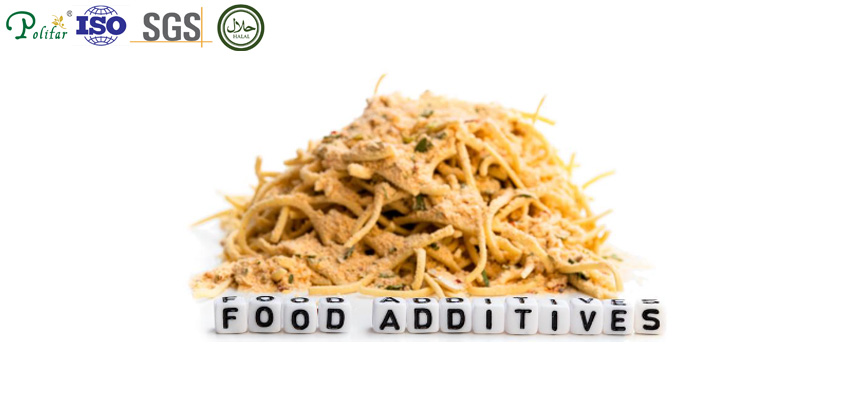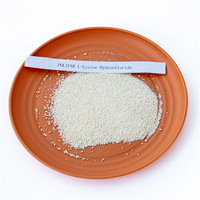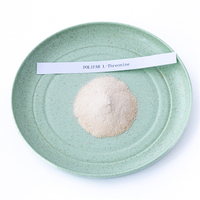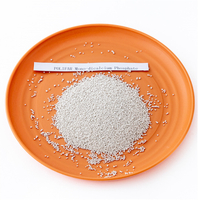| Availability: | |||||||||
|---|---|---|---|---|---|---|---|---|---|
Overview

Quick Details
| CAS No.: | 87-69-4 | Other Names: | L-2,3-dihydroxysuccinic acid |
| MF: | C4H6O6 | EINECS No.: | 201-766-0 |
| Place of Origin: | China | Type: | Food grade |
| Efficacy: | Acidity Regulators | Brand Name: | polifar |
| Model Number: | Food Ingredients | Appearance: | White Crystal Powder |
| Shelf Life: | 2 years | MOQ: | 1kg |
| Sample: | Free, ≤100g | Criteria Implemented: | GB 25545 - 2010 |
Supply Ability changmao
| Supply Ability | 400,000 kg per month |
Packaging & Delivery
| Product Packaging: | 25 kg/compound bag, with double layer of PP film bag |
| Product Storage: | Stockpiled at the ventilated place, avoiding rain, moisture and insolation. Please handle with care to prevent bag damage, away from toxic substances. |
| Loading: | 25MT/20FCL'; 22MT/20FCL' without pallets |
| Delivery: | About 1 - 2 week |
Product Properties
Tartaric acid, or 2,3-dihydroxysuccinic acid, is a carboxylic acid with a chemical formula of C4H6O6. Exist in a variety of plants, such as grapes and tamarind. It is also one of the main organic acids in wine.
As an antioxidant added to food, it can make food have a sour taste. The biggest use of tartaric acid is a beverage additive, and it is also a raw material for the pharmaceutical industry.
Specification
| Item | Standard |
| Appearance | White crystals or crystalline powder |
| Assay(on dry basis) | 99.5 - 101.0 % |
| Residue on ignition | ≤ 0.1 |
| Loss on drying | ≤ 0.50 % |
| Chloride(Cl) | ≤ 0.01 % |
| Sulfate(SO4) | ≤ 0.04 % |
| Heavy metals(Pb) | ≤10 mg/kg |
| Arsenic (As) | ≤ 2 mg/kg |
| Oxalate | ≤ 300 mg/kg |
| Usage | Acidity Regulator |
FAQ
Q1: What is tartaric acid?
A1: Tartaric acid is an organic acid that usually exists in crystalline form, in the form of white crystals or powder. It occurs naturally in the sediments of grapes, certain fruits, and wine.
Q2: What role can tartaric acid be used in alcoholic products?
A2: In winemaking, tartaric acid can be used as a source of tartar sediment and helps stabilize wine during the winemaking process.
Exhibition







